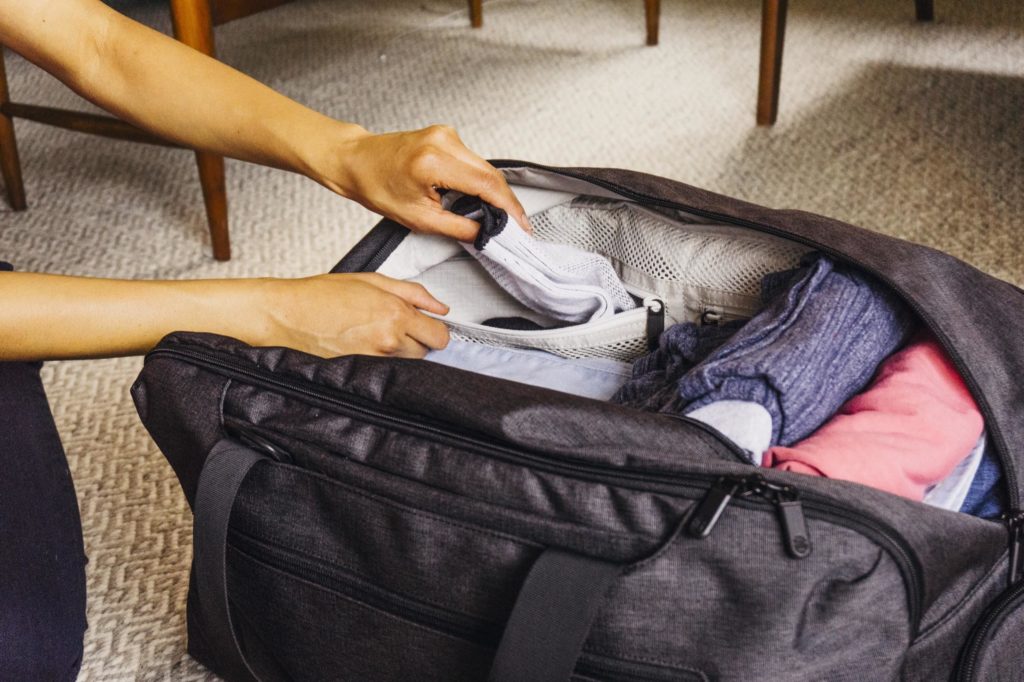Your outdoor gear represents a significant investment in your adventures, and proper care ensures these tools serve you reliably for years to come. Whether you're maintaining a high-end backpack, waterproof jacket, or technical footwear, understanding proper care techniques saves money while maintaining optimal performance when you need it most.
Gear maintenance isn't just about cleanliness – it's about preserving functionality, extending lifespan, and ensuring safety in challenging environments. Regular maintenance prevents small issues from becoming expensive problems and keeps your equipment ready for spontaneous adventures.
Cleaning Fundamentals
Proper cleaning forms the foundation of gear maintenance. Different materials require specific approaches to avoid damage while effectively removing dirt, sweat, and environmental contaminants.
Pre-Cleaning Preparation: Always check manufacturer instructions before cleaning any gear. Remove all contents and close all zippers and fasteners. Shake out loose debris and use a soft brush to remove surface dirt before deeper cleaning.
Water Temperature: Use cool to lukewarm water (30°C maximum) for most outdoor gear. Hot water can damage waterproof coatings, cause shrinkage, and break down synthetic materials over time.
Detergent Selection: Choose technical wash products designed for outdoor gear. Avoid fabric softeners, bleach, and conventional detergents that can clog fabric pores and compromise water-resistant treatments.
Backpack Care and Maintenance
Backpacks endure significant wear and require specific care protocols to maintain structural integrity and functionality:
Regular Cleaning: Empty all compartments and pockets completely. Use a vacuum with brush attachment to remove debris from corners and crevices. Spot clean stains immediately to prevent permanent setting.
Deep Cleaning Process: Fill a bathtub or large basin with cool water and technical wash. Submerge the pack and gently agitate by hand. Use a soft brush on heavily soiled areas, paying attention to hip belts and shoulder straps where body oils accumulate.
Machine Washing Guidelines
If machine washing is necessary, use a front-loading washer on gentle cycle with cold water. Remove or protect metal hardware that could damage the drum. Always air dry – never use a dryer.
Zipper Maintenance: Clean zipper tracks regularly with an old toothbrush and soapy water. Apply zipper lubricant or wax to ensure smooth operation. Replace pulls before they break completely to avoid more expensive repairs.
Waterproof and Breathable Garments
Technical fabrics require specialized care to maintain their performance characteristics:
DWR Treatment Restoration: When water no longer beads on the surface, the Durable Water Repellent treatment needs refreshing. Clean the garment thoroughly, then apply heat using a dryer on low setting or iron with a pressing cloth.
Membrane Protection: Never use fabric softeners or standard detergents on Gore-Tex or similar membranes. These products clog pores and eliminate breathability. Use only technical wash products designed for waterproof-breathable fabrics.
Storage Considerations: Store waterproof garments on padded hangers in a dry, ventilated area. Avoid compression for extended periods, which can damage membrane integrity and reduce breathability.
Footwear Care and Longevity
Quality outdoor footwear represents one of your most critical gear investments:
Daily Maintenance: Remove boots immediately after use and loosen all laces completely. Remove insoles and allow boots to air dry away from direct heat sources. Use cedar shoe trees to maintain shape during drying.
Cleaning Protocol: Remove excess mud and debris with a stiff brush. Clean leather boots with saddle soap and synthetic materials with mild detergent. Pay special attention to seams and welt areas where dirt accumulates.
Conditioning and Protection: Treat leather boots with appropriate conditioner every 4-6 weeks of regular use. Apply waterproofing treatments to maintain protection, but avoid over-treatment which can reduce breathability.
Heat Damage Warning
Never dry outdoor gear near heat sources like radiators, fires, or direct sunlight. Excessive heat can delaminate waterproof coatings, shrink materials, and cause permanent damage to synthetic components.
Long-Term Storage Solutions
Proper storage prevents damage during off-season periods and maintains gear readiness:
Environment Control: Store gear in cool, dry locations with stable temperatures. Avoid basements, attics, and garages where temperature and humidity fluctuate dramatically. Use moisture absorbers in storage containers.
Pest Prevention: Clean all gear thoroughly before storage to remove food particles and scents that attract rodents. Use sealed containers for small items and check stored gear periodically for signs of pest activity.
Compression Considerations: Avoid compressing down insulation, sleeping bags, or synthetic fill for extended periods. Store these items in breathable cotton storage sacks or hung loosely to maintain loft and insulation properties.
Basic Repair Techniques
Learning simple repair skills extends gear life and prevents minor issues from becoming major problems:
Field Repair Kit: Assemble a basic kit with duct tape, fabric patches, seam sealer, and a sewing kit. Include spare buckles, zipper pulls, and basic fasteners for common gear types.
Fabric Repairs: Use fabric patches and seam sealer for small tears. Clean the area thoroughly, apply the patch, and seal edges to prevent water intrusion. Larger repairs may require professional attention.
Hardware Replacement: Learn to replace common hardware items like buckles, D-rings, and webbing. Many manufacturers sell replacement parts, and basic sewing skills allow for most repairs.
When to Seek Professional Services
Some maintenance tasks require professional expertise and specialized equipment:
- Membrane repair on waterproof-breathable garments
- Boot resoling and major footwear repairs
- Zipper replacement on expensive items
- Down garment cleaning and re-proofing
- Warranty-covered repairs and maintenance
Investing in professional services for major repairs often costs less than replacement and maintains the performance characteristics you depend on in challenging conditions.
Remember that well-maintained gear not only lasts longer but performs better when you need it most. Establish regular maintenance routines and address issues promptly to ensure your equipment remains reliable for countless future adventures.


